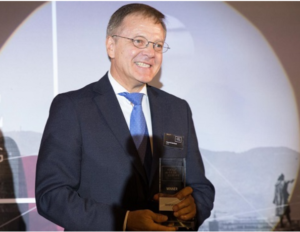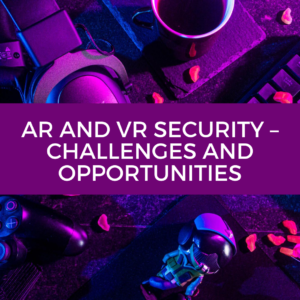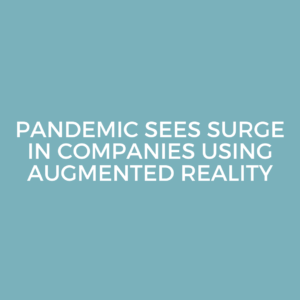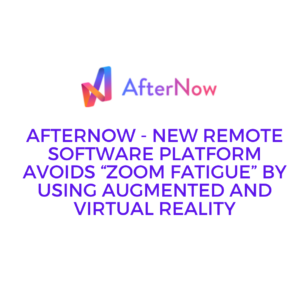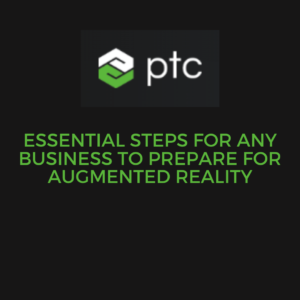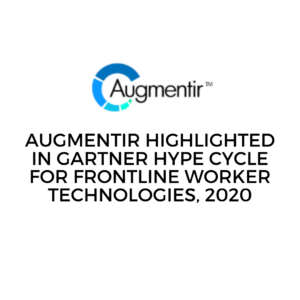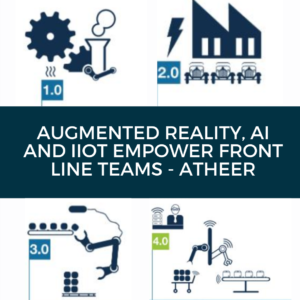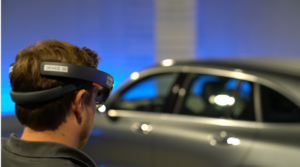Smart Glasses In Surgery: Expert Analysis Outside The Operating Room
Surgical teams around the world consist of doctors with diverse levels of training, experience and expertise. Sometimes, members of those teams need to consult with a specialist about a surgery they’re performing while the patient is on the operating table, to decide the best steps to take in their care.
Historically, an on-call consultant at a hospital where a surgery is being performed would have to don the necessary personal protective equipment (PPE), head into the theatre and give their verdict. Now, thanks to smart glasses technology, there is a much more efficient route forward.
Iristick, a company that makes smart glasses for industrial purposes, has partnered with Rods&Cones, which focuses on remote assistance in the operating theatre, to create a specialist solution. The two organisations have developed a specially designed pair of smart specs customised for use during surgeries to enhance communication and interaction within an operating theatre.
The smart glasses enable a surgeon to share what they are seeing with a remote specialist. Through the glasses’ microphone, and its two cameras with optical zoom lenses, a consultant outside of the operating room can have an unrestricted, close-up view of a surgery as it progresses. Watching the operation unfold, they have the ability to speak to the surgeon and provide real-time feedback and advice.
As the smart glasses are technically classed as a telecommunications device, rather than a medical one, they haven’t had to seek the European CE approval to start being used in hospitals. Currently, they’re being used in the Netherlands, Belgium, Spain and Italy, with plans for further international expansion.
JUST A QR CODE AWAY
Let’s say a surgeon is implanting a patient with a device that hasn’t been on the market for long, and which as a result they aren’t overly familiar with. The smart glasses feature a QR code scanner that enables a surgeon to dial-in an on-call expert, perhaps even somebody from the team that developed the new device, simply by looking at the code.
The remote expert will then be able to see everything the surgeon can see through the cameras of the glasses. They’re in full control of and can make enhancements to the footage streamed to them by zooming in, taking pictures and even adjusting the exposure and contrast of the images.
Rods&Cones have also made specific enhancements to the glasses so they can handle X-ray video feeds, the high-contract screens of in-theatre devices and red balance issues.
IMPROVED ACCESS TO EXPERTS, PPE SAVINGS AND A BETTER VIEW
Additionally, the hospital saves on PPE. No one has to gown up to look over a surgery for a few minutes when they can dial-in from outside the room. In the age of Covid-19, when PPE supplies are running low, this is particularly significant. The smart glasses can help to enforce social distancing too, by keeping the number of people inside each operating room that’s currently up and running to a minimum.
“Surgery is mostly happening in a very small cavity. If you go into surgery and stand next to the doctor, you won’t be able to see everything he’s doing, because he’s working in between his hands,” says Dheedene.
Alongside the video quality of the intuitively positioned cameras, the glasses are incredibly light at only 70g, meaning they’re unlikely to prove bothersome to wear for long stretches of time. Instead of having hardware weighing the device down Iristick’s glasses are fibreoptic and all streaming and processing is carried out via a module worn in the surgeon’s pocket.
That said, the Rods&Cones software can integrate with other smart glasses too.
Introducing video conferencing to an operating room in such a sophisticated fashion could well be a gamechanger. When it’s possible for operations to be carried out from miles away by utilising a 5G mobile network connection, using a pair of smart glasses to dial-in a consultant when needed seems only logical. With the world being as interconnected as it is, having on-demand access to specialist feedback and advice during an operation is more than just a futuristic luxury – it may, instead, become a daily essential.

